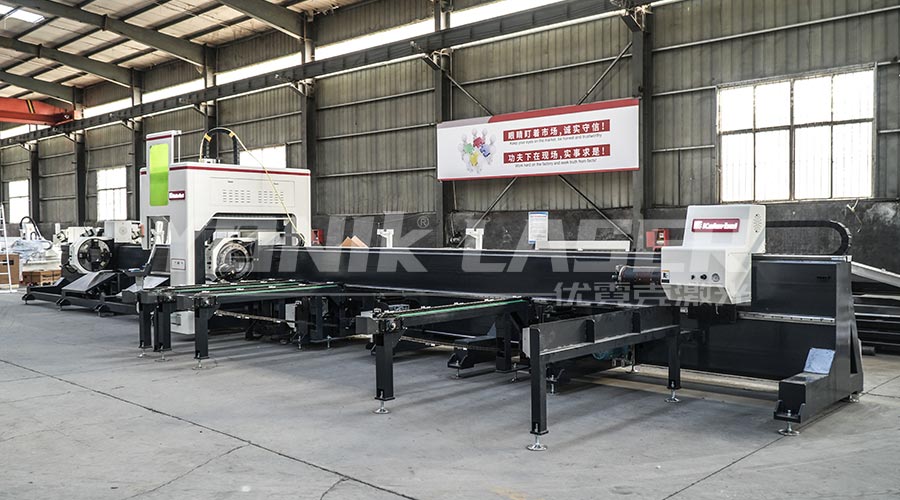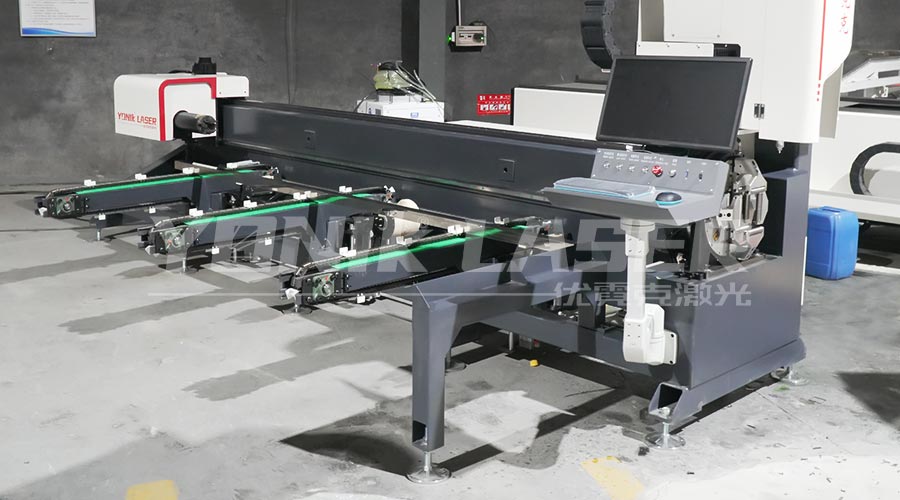 Against the backdrop of global climate change, the Chinese government has clearly put forward the goal of achieving carbon peak by 2030 and carbon neutrality by 2060. This grand blueprint not only profoundly affects the national energy structure and industrial structure, but also puts forward new development requirements for all walks of life, and the laser cutting machine industry is no exception. This article will explore in depth the energy consumption standards of green laser cutting machines and relevant national subsidy policies under the background of carbon neutrality, in order to provide valuable reference for enterprises and practitioners in the industry.
Against the backdrop of global climate change, the Chinese government has clearly put forward the goal of achieving carbon peak by 2030 and carbon neutrality by 2060. This grand blueprint not only profoundly affects the national energy structure and industrial structure, but also puts forward new development requirements for all walks of life, and the laser cutting machine industry is no exception. This article will explore in depth the energy consumption standards of green laser cutting machines and relevant national subsidy policies under the background of carbon neutrality, in order to provide valuable reference for enterprises and practitioners in the industry.

1. Development status of green laser cutting machines
In recent years, laser cutting technology has been widely used in the manufacturing industry due to its high precision, high efficiency and high flexibility. However, traditional laser cutting machines still have certain problems in energy consumption, especially when running at high power, the power consumption is large and the carbon emissions increase accordingly. Therefore, the research and development and promotion of green laser cutting machines have become an important direction for the development of the industry.
Green laser cutting machines mainly reduce energy consumption by improving electro-optical conversion efficiency, optimizing cooling systems, and using energy-saving materials. The electro-optical conversion efficiency of the new generation of fiber lasers has exceeded 40%. Compared with traditional CO₂ lasers, the energy consumption has been reduced by 50%, and the annual carbon emissions have also been reduced by 30%. In addition, the application of intelligent typesetting software has also significantly improved the material utilization rate, further reducing energy consumption and carbon emissions.
2. Energy consumption standards for green laser cutting machines
With the advancement of the carbon neutrality goal, the country has also put forward higher requirements for the energy consumption standards of green laser cutting machines. At present, a series of energy consumption evaluation systems and standards for green laser cutting machines have been formed in the industry. These standards not only cover the energy consumption level of the equipment, but also include the energy efficiency ratio and emission level of the equipment.
Specifically, the green laser cutting machine should meet the following energy consumption standards: First, the power consumption of the equipment during operation should be as low as possible to ensure high electro-optical conversion efficiency; second, the cooling system of the equipment should be optimized to reduce energy consumption and emissions during the cooling process; third, the equipment should use environmentally friendly materials and processes to reduce carbon emissions during the production process.
3. National subsidy policy for green laser cutting machines
In order to promote the research and development and promotion of green laser cutting machines, the country has introduced a series of subsidy policies. These policies are aimed at reducing the cost of enterprises purchasing green laser cutting machines, improving market competitiveness and promoting industrial upgrading.
Financial subsidies: The state and local governments provide certain financial subsidies to enterprises that purchase green laser cutting machines. For example, provinces such as Guangdong and Jiangsu provide up to 20% financial subsidies for green equipment procurement, which helps enterprises accelerate the replacement of highly polluting traditional equipment.
Tax incentives: The state provides tax incentives to R&D and production enterprises of green laser cutting machines, including reduction and exemption of value-added tax and income tax. These preferential measures reduce the R&D and production costs of enterprises and improve their profitability.
Technical support: The government also strengthens professional training and technical guidance for the green laser cutting machine industry to improve the overall level of the industry. By providing technical training and knowledge transfer, it helps enterprises solve technical problems, improve product quality and promote the sustainable development of the industry.
4. How enterprises cope with challenges in the context of carbon neutrality
In the context of carbon neutrality, the laser cutting machine industry faces severe challenges and opportunities. In order to meet these challenges, enterprises should take the following measures:
Increase R&D investment: Enterprises should increase R&D investment in green laser cutting machines, improve the energy efficiency ratio and emission level of equipment, and meet the requirements of national energy consumption standards.
Optimize production processes: Enterprises should optimize production processes to reduce energy consumption and emissions during production. For example, use intelligent typesetting software to improve material utilization and reduce raw material waste; use a three-level dust removal system to reduce dust emissions, etc.
Actively participate in policy declaration: Enterprises should actively understand the subsidy policies and technical support policies of the national and local governments, actively participate in policy declarations, and strive for more financial support and technical support.
V. Conclusion
Under the background of carbon neutrality, the development of green laser cutting machines has become an important trend in the industry. Enterprises should actively respond to the national call, increase R&D investment, optimize production processes, actively participate in policy declarations, and jointly promote the development and promotion of green laser cutting machines. At the same time, the government should continue to improve subsidy policies and technical support policies to provide strong guarantees for the development of the green laser cutting machine industry.
Under the guidance of the carbon neutrality goal, the laser cutting machine industry will usher in a broader development prospect. Let us work together to contribute to promoting green manufacturing and achieving carbon neutrality goals.
2025-07-22
2025-07-21
2025-07-19